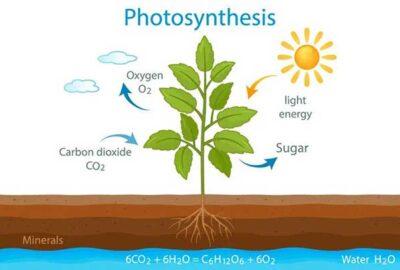Ozone depletion is a major environmental issue that has gained significant attention in recent decades due to the harmful effects it can have on our planet. The ozone layer, which is a thin layer of gas in the Earth’s stratosphere, protects us from the harmful ultraviolet radiation emitted by the sun. However, over the past few decades, human activities have caused significant damage to this vital layer, resulting in an increase in skin cancer, cataracts, and other health problems.
One of the major sources of ozone-depleting substances is the use of chlorofluorocarbons (CFCs), which are commonly found in refrigerators, air conditioners, and other appliances. CFCs contain chlorine and bromine, which are highly reactive and can break down ozone molecules in the stratosphere. As a result, the use of CFCs has been phased out in many countries, and alternative substances have been developed.
Another source of ozone-depleting substances is the use of halons, which are used in fire extinguishers. Halons contain bromine, which is also highly reactive and can break down ozone molecules. As a result, many countries have also phased out the use of halons and replaced them with alternative substances.
The impact of these ozone-depleting substances on the ozone layer has been significant. In the 1980s, a hole in the ozone layer was discovered over Antarctica, which was caused by the release of CFCs and other ozone-depleting substances into the atmosphere. The hole in the ozone layer has since grown larger and become a major concern for the global community.
Fortunately, the international community has taken steps to address this issue. In 1987, the Montreal Protocol was signed, which aimed to phase out the use of ozone-depleting substances. Since then, many countries have taken steps to reduce their use of these substances, resulting in a gradual recovery of the ozone layer. However, the recovery process is slow and will take several more decades to fully heal.
In conclusion, the major sources of ozone-depleting substances include CFCs and halons, which have had a significant impact on the ozone layer over the past few decades. The discovery of the hole in the ozone layer over Antarctica spurred the international community to take action, resulting in the Montreal Protocol and the phasing out of these harmful substances. While progress has been made in the recovery of the ozone layer, it will take several more decades to fully heal, and continued efforts are needed to ensure its protection.



